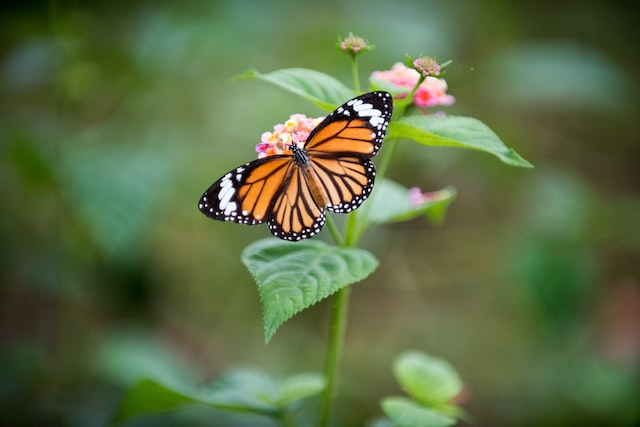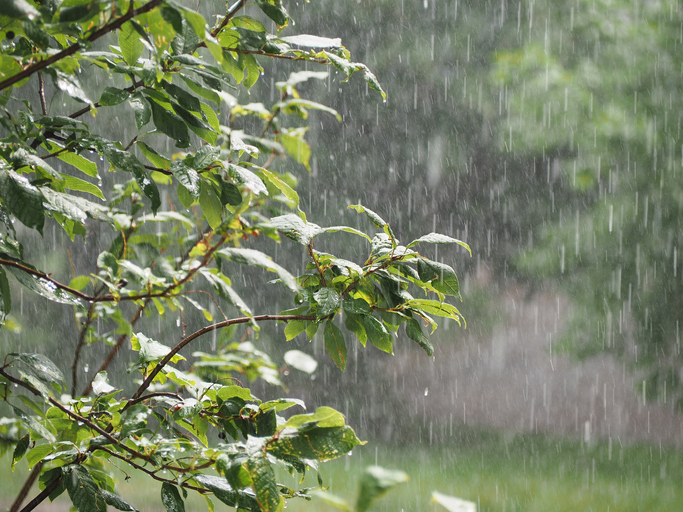Although the winter months aren’t usually a busy time for landscaping professionals, it pays to stay on top of your lawn care. Regularly maintaining your grass lawn is the best way to ensure a healthy and good-looking yard when spring rolls around. Follow these tips for keeping your lawn in good shape for the months ahead.
1. Rake leaves and remove debris
You’ll want to keep heavy objects, including branches and lawn furniture, off of the grass all year long. Heavy objects accidentally left on the grass can leave a dead spot come spring time. Regularly raking will also help remove dead leaves and other debris, which can stifle the grass and inhibit growth. Adding mulched or shredded leaves to the lawn in the fall can help add nutrients; but broad leaves can suffocate the grass. If your grass is frozen, be careful not to walk too much over it during the winter as excessive foot traffic can break and damage the blades.
2. Stop or reduce watering
Cool season grasses experience a growth period in the wetter, cooler months of the fall. Most regions with cool season grasses will experience winter frost or dampness, and won’t require additional watering. Warm season grasses go dormant in the winter months and won’t require additional watering. Be sure to protect your outdoor faucets from freezing and winterize and blow out your sprinkler system before the first frost.
3. Don’t aerate or overseed
Aerating the lawn is a great way to allow fertilizer, water, sunlight and seeds to enter hard-packed lawn surfaces. Cool season grasses are usually aerated in the fall, and warm season grasses are usually aerated in the summer. Most grass types should not be aerated in the winter months.
4. Fertilization and feeding
Warm season grasses are dormant in the winter months and don’t require fertilization during this time. The best time to fertilize your warm-season lawn is in the start of spring and fall months (some experts also recommend fertilizing in the summer as well). Cool season lawns also do not need fertilization in the winter months. The best time of year to fertilize a cool season grass lawn is in the fall and some experts also recommend adding fertilization in the spring as well. Read more about lawn fertilization here.
5. Mowing and edging
Both warm season and cool season lawns will require little to no mowing or edging during the winter months. Cool season lawns should receive a final (and short) mowing in the late fall as it is still in a growth phase. Warm season lawns are dormant in the winter and won’t require mowing until the spring months.
6. Weeding and pest control
If your lawn has weeds and the ground isn’t too frozen to pull them out, use these inactive months to pluck and remove unwanted plants from the lawn. Otherwise, you probably won’t see too many weeds or pests during the winter. Keep note of any unusual nesting from mice; their nests can inhibit the growth of healthy grass. If you have any reoccurring issues with moles, voles or any other pests, be sure you call in the right professional for the job. Find one here.
Common types of grass lawns
While there are many varieties of turf or lawn grass, there are generally two types of lawns for the yard: warm season grass and cool season grass. Which type you have is usually dependent upon where you live.
Warm Season Grasses: Bermudagrass, Zoysiagrass, Buffalograss, and Bahia are all warm season grasses. This grass type is most often found in warmer climates like the south, and has a peak growing season from spring to fall; it can turn brown during the winter months but thrives in the hot heat of the summer.
Cool Season Grasses: bluegrasses, fescues and ryegrasses are all cool season grasses. This grass type grows well in regions with cold winters and warm summers, and can stay green nearly all year long. In periods of drought, these grasses need to be watered or else they will enter a dormant period and turn brown.
Related articles: Fall Lawn Care & Maintenance Tips




